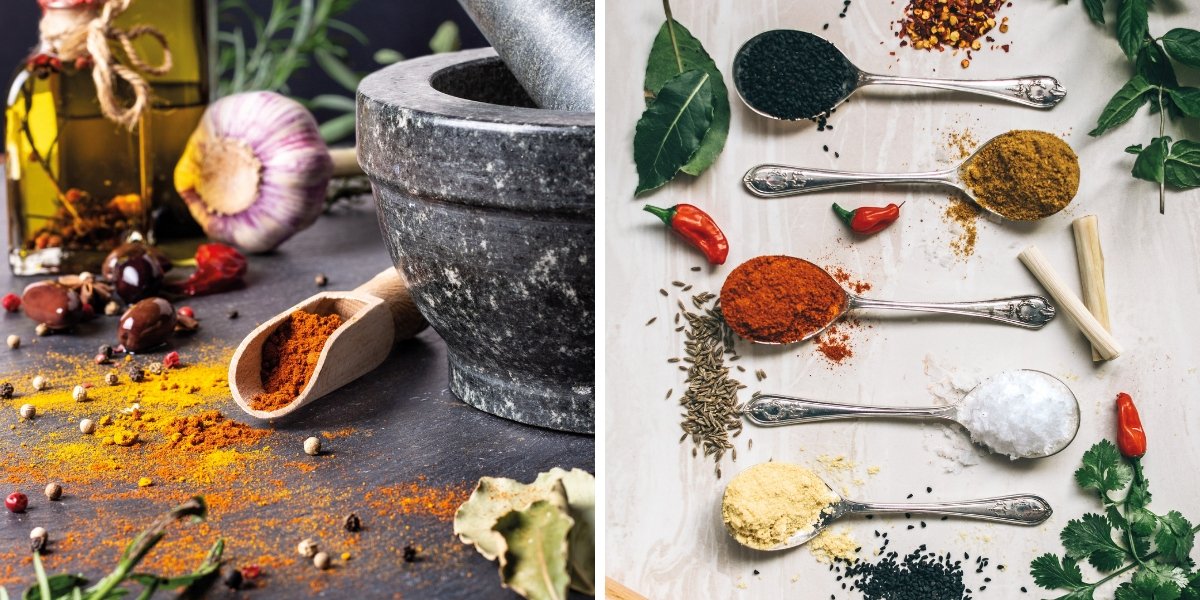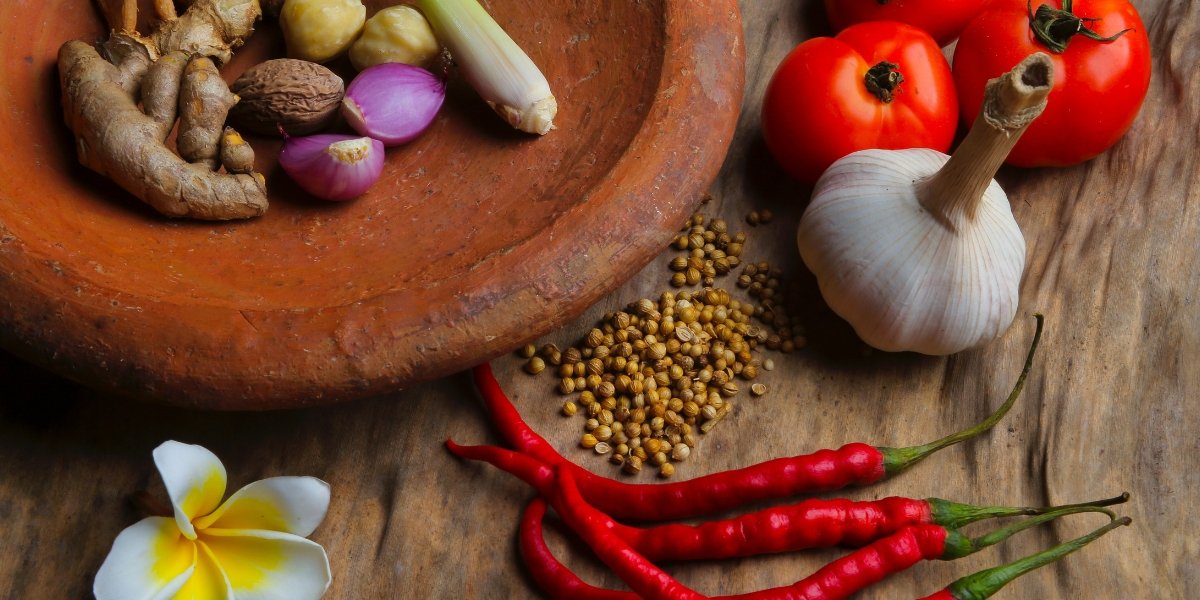-
Locations
Campuses in Europe & Middle EastCampuses in The AmericasCampuses in AsiaLe Cordon Bleu International
- Online Learning
Contact your local representative - Our Story
- Programmes
- Brochures
- News & Events
- Contact
- Find Course

Sweet, salty, sour, bitter and umami are five taste elements that build our overall perception of flavour. When each element is perfectly balanced - not only on the plate, but across an entire meal - the dining experience is lifted above and beyond.
Mastering flavour balance takes an understanding of the process as a science and an art.
Understanding how flavours become balanced starts with knowing the basic rules behind preparing each element. Remember that adding salt to a dish does more than just making it salty - it enhances or counteracts other flavours within the dish.
These are the simple rules dictating how each element will affect the overall flavour:

The above rules will help you navigate the balance of most dishes, but taste still remains subjective. A recipe cannot truly tell you the perfect measure of ingredients for a balanced dish as (for example) one brand of soy sauce may be saltier (or more savoury) than another. Therefore, balancing flavours is also somewhat of an art.
Tasting as you cook and adjusting flavours is a skill that chefs must master to perfect the dish. Stay aware of flavour saturation and cleanse your palate as you taste to ensure your tastebuds do not adjust to the flavours before they are balanced. Mastering the balance of the five key flavours is the hallmark of a skilful chef.
Copyright © 2025 Le Cordon Bleu International B.V. All Rights Reserved.